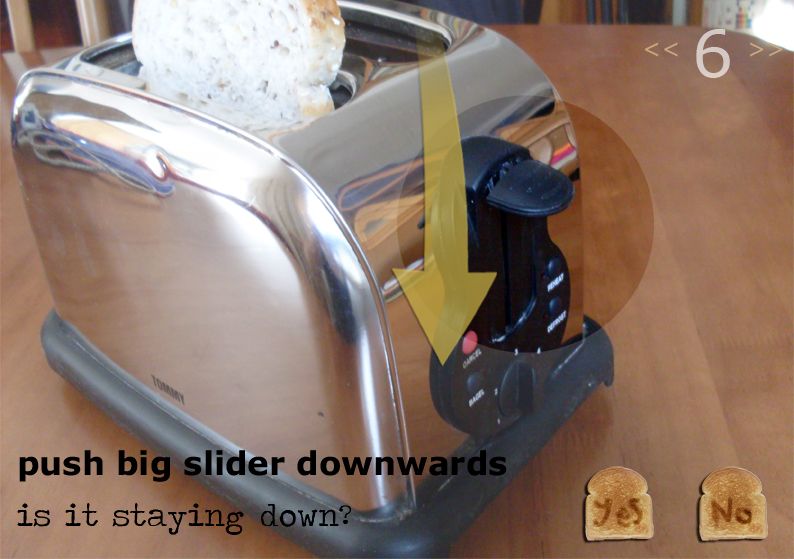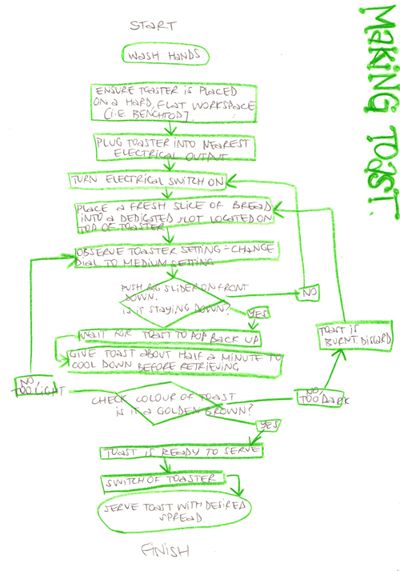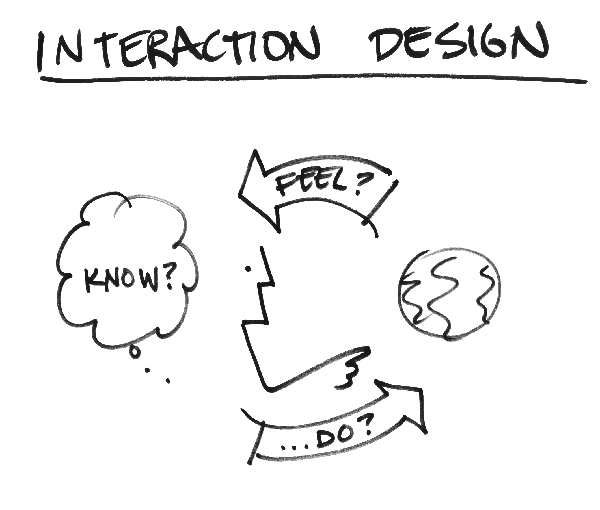Pieface.com.au
This site allows a viewer to engange in both visual and audio interaction, and also have the ability to draw all over the page with a colour that looks suspiciously like tomato sauce.
Coca-cola.com.au
Full of colour and a spring in its step, a viewer obtains a response from the site as things move when they are hovered over with the cursor.
16 years ago








